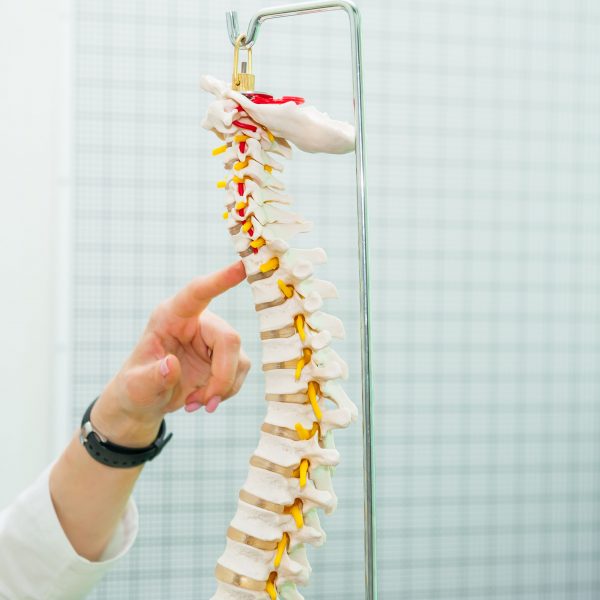That painful red bump on your lower or upper eyelid near your eyelashes is not just any bump or pimple. That’s a stye, an infection of your eyelash follicle. Though painful, a stye is your body’s inflammatory response to a bacterial infection. It is also a common eye problem in adults.
The Staphylococcus bacteria are the primary culprits behind styes. These bacteria can also be found in your nose and do not cause complications. But if you are a carrier of the bacteria and you rub your nose then your eye, the bacteria will infect your eye, causing a stye to form on your eyelid.
As most minor health problems go, styes are not usually serious, which is great (despite the pain you feel in your eyes). But there is the question of “Are styes contagious or not?” since infecting others is not an option. Can you get a stye from someone? Why do they happen in the first place?
Can You Get a Stye from Someone?
The answer to “Is a stye contagious?” is still debatable. Many experts disagree about the contagiousness of a stye. In most people, a stye develops when the transient bacteria multiply in their eyelid margin. Since these bacteria do not transfer from one person to another, some experts do not consider styes as contagious eye infections.
On the other hand, some experts believe that if a healthy person comes into contact with the bacteria by touching an object touched by a person with a stye and they touched their eyes, the transfer of infection is possible. This, however, doesn’t happen often.
The middle ground of the “Are styes contagious or not?” argument is a stye is NOT contagious UNLESS you meet certain circumstances, like touching the infection and touching another object, which another person can touch.
But How Does Stye Spread?
If a stye is not contagious (most of the time), how does it spread?
Most of the time, styes do not spread from one person to another except under certain situations. In the same person, however, the infection responsible for the stye can spread to other areas of the eyelid and eventually to the other parts of your eye. If the other components of your eye are infected with stye, these lead to an emergency condition called orbital cellulitis.
What Causes Styes to Develop, Then?
If you can’t contract styes from another person with a stye (unless you’re under special circumstances), why do styes happen? How do they develop?
A stye forms when your eyelid’s oil gland becomes infected. Sometimes, these glands easily get clogged with dead skin cells, oil and skin bacteria. When this happens, a liquid build-up becomes stuck in your eyelid. The result is a little yet painful bump on the lower or upper eyelid that can look like a pimple.
Several factors can increase your risk for developing a stye:
- Not thoroughly washing your hands before you touch your eyes.
- Not thoroughly disinfecting your lenses before using them.
- Failing to remove your makeup before you sleep.
- Using cosmetics that are old and expired.
- Having blepharitis, a condition that causes inflammation along the edge of your eye.
- Having rosacea, which is a skin condition that causes your skin to become red.
Can Styes Affect Your Vision?
While it is uncommon, styes can affect your sight. If the bump becomes large enough, it can cause a minor obstruction of your vision. Some patients report a degree of blurring in the affected eye. When minor vision issues are starting, get in touch with your doctor ASAP. They can drain the stye for a faster healing process.
But instead of letting the stye worsen, watch out for the following symptoms:
- Eyelid pain
- Swelling of the infected eyelid
- A red lump that looks like a boil or a pimple
- Excessive tearing
If you’re unsure whether you have a stye or not, see your doctor for an official diagnosis. You should also visit your doctor if the stye isn’t healing.
Styes are often diagnosed from a visual exam and a medical history review. Doctors do not often recommend special screenings or tests to make a diagnosis.
Can Stress Cause a Stye?
What if you have a stye and you’re stressed because of the stye? Did your stress cause the stye in the first place? Can it worsen your stye?
Currently, no scientific studies confirm the link between styes and stress. However, if you often get styes and they appear to be linked to stress or poor sleep, you’re not alone. According to some ophthalmologists, stress and insufficient sleep may increase your risk of styes.
One explanation is how stress weakens your immune system, which makes your body more susceptible to sickness and infection. Also, stress hormones can make you a magnet for bacteria. A 2017 study reported that stress hormones get converted into DHMA, which helps attracts bacteria to the body, making you more susceptible to infections like stye.
Also, if you’re tired, you are unlikely to follow good eye hygiene habits. For example, if you’re tired after a long day at work, removing your makeup before you sleep isn’t an option.
How to Treat a Stye
Whether a stye is contagious or not, you need to treat it ASAP to avoid any worse infections. Styes don’t require a trip to the doctor’s office since home remedies usually do the trick.
Popping a stye isn’t an option. While your stye is healing, do not pop it or even rub it. Styes contain bacteria-filled pus, which can spread the infection to your eye and other parts of your body, as well as to other people if you touch the pus and touch another object. If you do touch your stye, wash your hands thoroughly to prevent the spread of infection.
Several home remedies can help your stye heal faster. Consider the following options:
- Flush your eyes with saline.
- Apply a damp and warm compress against the infected eye to ease the inflammation and drain the infection.
- Massage the area with clean hands or lid wipes to promote drainage. Once your stye is drained, clean the area and avoid touching your eyes.
- Wash your eyelids with a tear-free shampoo.
- If the stye is painful, use over-the-counter medication such as acetaminophen (Tylenol) or ibuprofen (Advil). Consult with your doctor first.
- If you wear contact lenses, switch to glasses until the stye is healed. Clean your contacts thoroughly before wearing them again.
Styes often improve over a few days but if they get worse, get in touch with your doctor. The doctor may prescribe an antibiotic cream to kill the bacteria in the stye. In rare cases, the doctor will make a tiny incision to drain the clog from your eyelid.
How to Prevent Styes
Prevention is the key to better eye health. The main preventive step you can take is to wash your hands frequently and avoid touching your eyes. Washing your face daily can also prevent blockages in your eyelids’ oil glands, which can lead to infections like styes.
If you have a history of developing styes, regularly apply a warm compress to the infected area to prevent styes.
Good habits can also promote better health. To avoid infecting others, avoid sharing pillowcases or towels with other people. If you do, wash them regularly. Also, refrain from sharing makeup. If your makeup is old and expired, throw them away since bacteria can thrive in expired cosmetics.
If you wear contact lenses, always clean them and replace them as directed by your ophthalmologist. Also, wash your hands before you apply or remove your contacts.
The Bottom Line
Styes are not contagious unless you meet special circumstances. To prevent getting the infection or infecting others, always wash your hands thoroughly and refrain from touching your eyes. Clean hands ensure clean eyes and fewer people getting styes.






